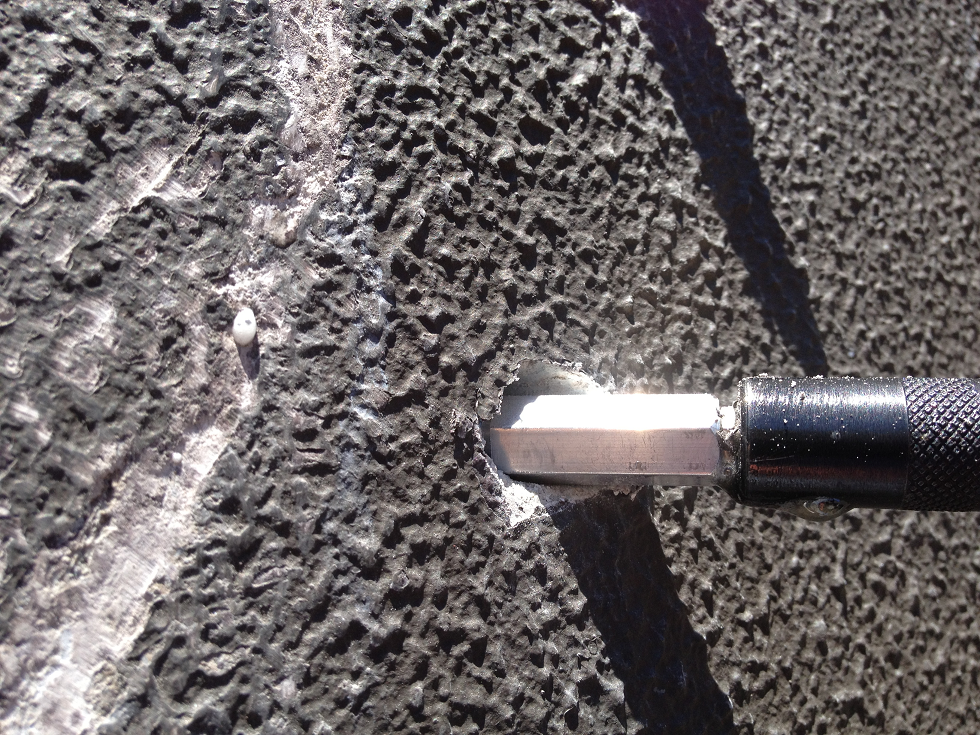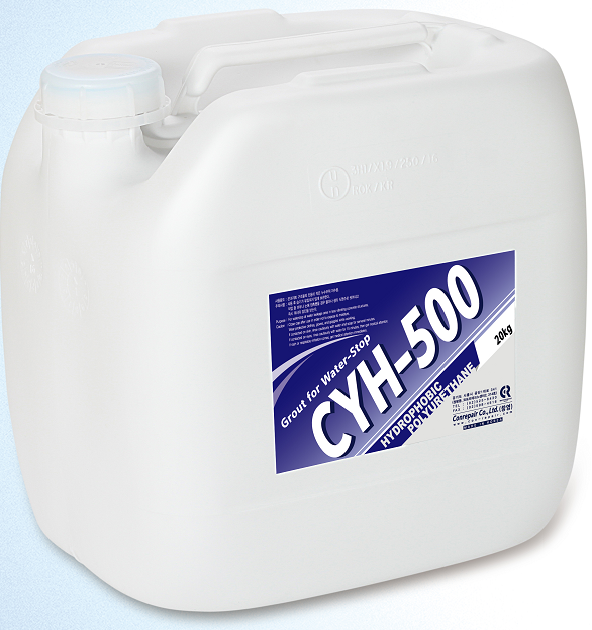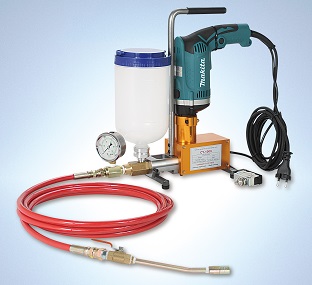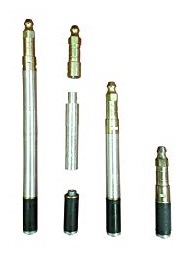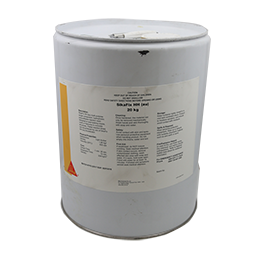Injection waterproofing methods are used exclusivelyfor remedial works when the building is experiencing failure. Injection methods involve low-pressure applications and high-pressure injection.
Most common concrete waterproofing problems are the result of cracks in the concrete. These cracks can be repaired by applying an epoxy resin to structurally bind the concrete and stop water migration. In this case, low-pressure injection is typically used.
In many older buildings, the damp coursing barrier can start to fail, resulting in rising damp through the brick work. This often means that a new damp course has to be installed. In this case, the most common remedial action is to inject adamp course fluid.
More extreme water damage failures require the high-pressure injection of waterproofing polyurethanes via installed packers. There are two types of products: hydrophobic and hydrophilic.
Hydrophobic productsdon’t like water and push the water away during the reaction. These products expand rapidly (by up to 2,000%) and cure to a rigid foam.
Hydrophilic products require the presence of water for the process to work. These products are ideal for stopping water leaks in small cracks. They form a tight flexible seal that will expand and contract as pressure and temperature changes.
Give us a call on (03) 9429 3377 to discuss you specific waterproofing requirements. We can provide expert advice and recommend the processes and products that will deliver the best results for any project.

